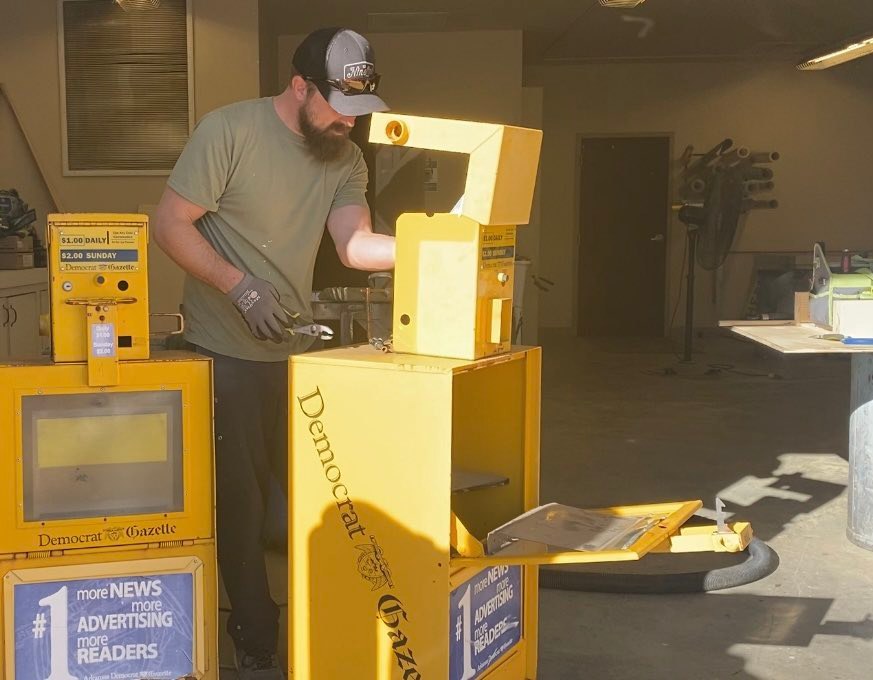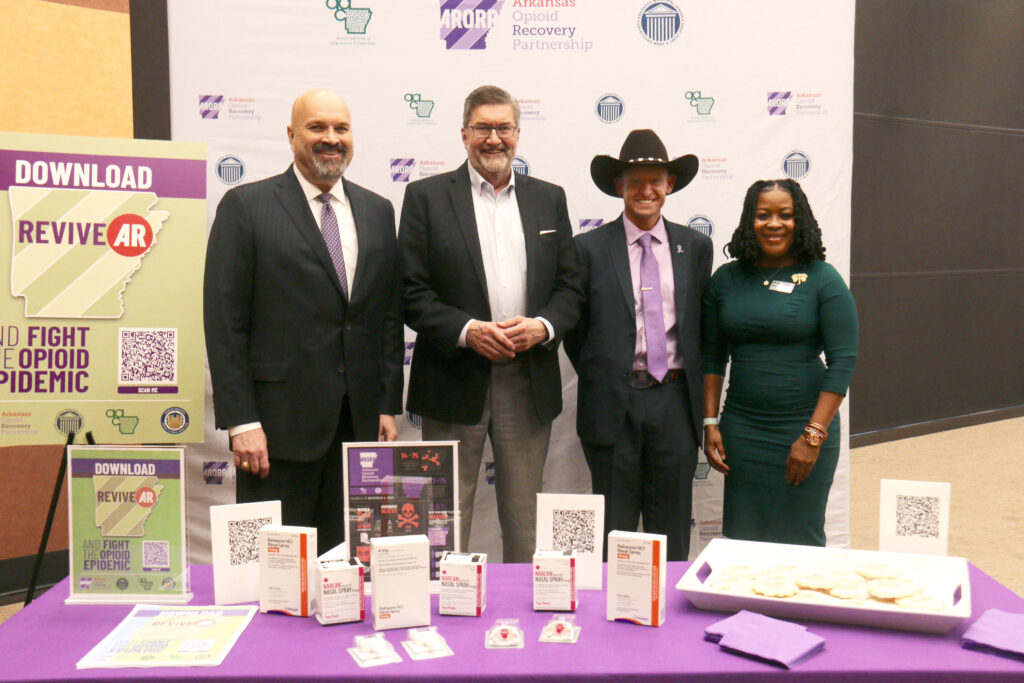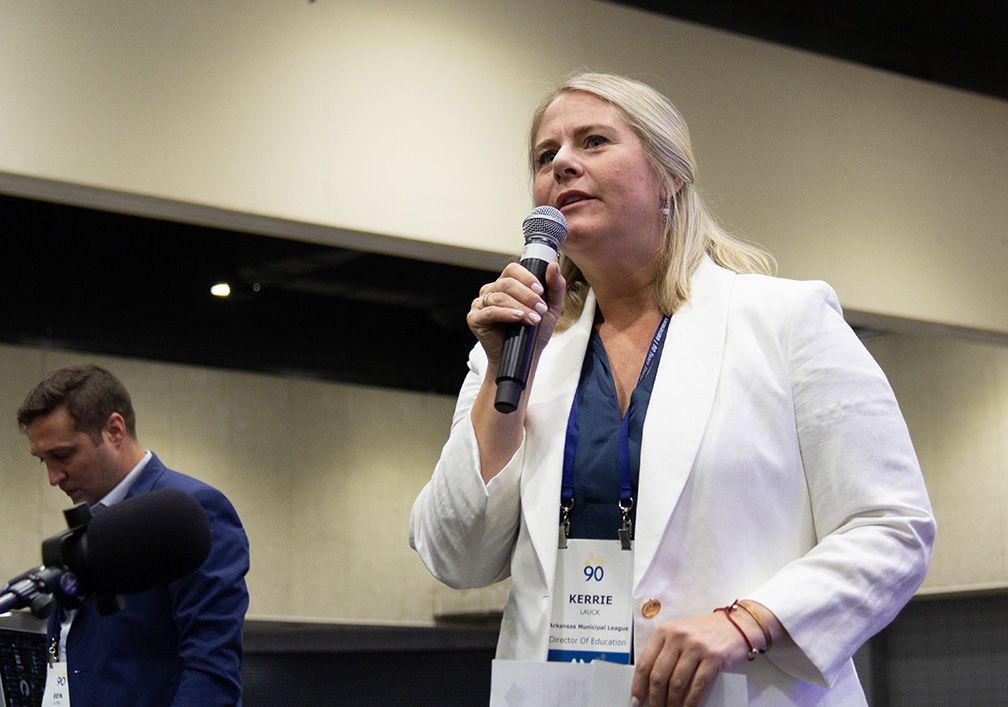A rare opportunity exists for hospital leaders to rethink their role in addressing the opioid crisis. Billions of dollars from opioid litigation settlements are flowing to states, counties and municipalities. While much of this money is earmarked for treatment and recovery, hospitals are uniquely positioned to direct funding toward prevention at the point of care, where many opioid dependencies begin.
The persistent crisis
Despite recent declines in overdose deaths—down nearly 27% in 2024, according to the Centers for Disease Control and Prevention—the opioid crisis continues to devastate communities. More than 80,000 Americans lost their lives to overdoses last year, each representing a patient, family member and community left behind.
Hospitals often serve as the last line of defense before a medical issue becomes a behavioral health crisis. Yet, in many cases, once the immediate issue is resolved, there is little infrastructure to extend care into prevention and long-term support. This gap has consequences: Research estimates that up to 12% of patients prescribed opioids for chronic pain will go on to misuse them. Without education, alternatives and follow-up support, what begins as routine pain management can become the entry point to long-term opioid dependence.
A new model of prevention
One promising approach comes from CWC Alliance‘s Life Care Specialist (LCS) program. The model embeds trained specialists directly within hospital care teams to guide patients and families through pain management, opioid risk education, and access to behavioral health resources. Working alongside physicians and nurses, Life Care Specialists emphasize non-opioid alternatives, trauma-informed care, and connection to community services. To ensure consistent quality and scale, CWC has partnered with the Georgia Rural Health Innovation Center (GRHIC) and Mercer University School of Medicine to jointly develop curriculum and a certification process. As a result, the LCS training program is now available as an accredited certification through Mercer University School of Medicine—providing hospitals with a standardized, evidence-based pathway to integrate this role into care teams nationwide.
The results are striking:
- In a pilot at Grady Memorial Hospital in Atlanta, patients supported by an LCS were discharged with 25% fewer opioid medications, while 99% reported better pain control.
- With support from opioid settlement funding, the model has since expanded (or is in the process of expanding) beyond Grady Memorial Hospital to nine additional hospitals in the southeast, including Emory Saint Joseph’s Hospital, Emory University Midtown Hospital, Emory University Orthopaedics & Spine Hospital, North Arkansas Regional Medical Center, and a number of hospitals in rural Georgia.
- In a rural Georgia hospital, a single LCS connected more than 170 patients in one year to outside resources such as addiction treatment, domestic violence shelters, food banks and mental health services.
- CWC Alliance and the Life Care Specialist program have been profiled in a Harvard Business School case study.
The lesson is clear: Prevention works—and opioid settlement dollars can fund it.
Why settlement dollars should fund prevention
Opioid litigation settlements represent one of the largest public health funding infusions in U.S. history, yet prevention is often overlooked. Nationally, only 9% of settlement funds have been directed toward prevention programs; the majority supports treatment and recovery after addiction has taken hold.
Hospitals have an opportunity to change that. By embedding prevention at the bedside through the LCS program, they can reduce future overdose rates, lower readmissions and ease downstream burdens on emergency services, housing and the justice system. Importantly, prevention also aligns with hospital leaders’ dual imperatives: improving patient outcomes and controlling costs.
Practical lessons for hospital executives
Hospitals that want to pursue opioid settlement funding for prevention can learn from early adopters:
- Start with a readiness assessment. Review how your institution currently handles pain management and behavioral health. Ask: Are patients educated about risks when prescribed opioids? Are alternatives offered? How often do opioid-related complications return to the ER? These questions identify immediate prevention opportunities.
- Map every funding source. Settlement dollars are not only distributed at the state level. Counties, cities, and regional boards may run their own grant programs. Smaller, local sources often have fewer applicants and quicker timelines, allowing hospitals to get programs off the ground faster.
- Gather and present evidence. Funders want to see measurable impact. Hospitals should combine data—such as prescribing rates, overdose-related readmissions, and cost implications—with real patient stories to demonstrate both the scale of the problem and the human stakes.
- Integrate prevention into existing initiatives. Rather than writing standalone proposals, look for ways to layer prevention into current treatment or recovery requests. Patient education, updated pain protocols, or piloting a specialist role can strengthen proposals by showing prevention as part of a continuum of care.
Case example: North Arkansas Regional Medical Center
Through the Arkansas Opioid Recovery Partnership, North Arkansas Regional Medical Center secured settlement funding to hire and train Life Care Specialists. The program demonstrated how rural hospitals—often most affected by limited behavioral health resources—can successfully embed prevention within existing care structures.
Similar efforts are underway across Georgia, where hospitals are leveraging local opioid settlement grants to launch or expand prevention programs. These early adopters provide replicable roadmaps for others seeking to tap into settlement dollars.
The bigger picture
Hospitals face growing pressure to deliver quality care with limited resources. Prevention offers both a public health solution and a financial one. Reducing reliance on opioids at discharge lowers the likelihood of future readmissions, decreases downstream costs and strengthens community trust.
Perhaps most importantly, prevention spares families the anguish of losing loved ones to opioid misuse. For decades, health care has focused primarily on intervening after addiction takes root. By shifting even a portion of opioid settlement funds to prevention, hospital leaders can redefine their role in combating one of the nation’s most devastating health crises.
Key takeaways for executives
- Settlement funds are a unique opportunity: Billions are available, and prevention programs are eligible.
- Hospitals are a natural home for prevention: Opioid misuse often begins with medical prescriptions.
- Evidence-based models exist: Programs like Life Care Specialists have shown measurable reductions in opioid prescribing without compromising pain control.
- The window is now: Settlement funds are being distributed, and hospitals must act quickly to claim their share for prevention.
Bottom line: Hospitals can lead the way in preventing the next wave of the opioid crisis. By using settlement dollars to invest in bedside prevention programs, executives can protect patients, strengthen communities, and create a sustainable model of care that stops addiction before it starts.
About the authors:
Cammie Wolf Rice is the Founder & CEO of CWC Alliance, a 501C3 nonprofit dedicated to prevention. After the loss of her son, Christopher Wolf, Cammie developed the Life Care Specialist, and her team now oversees how the model integrates prevention, pain navigation, and community linkages inside hospital workflows. The program has been implemented in multiple hospitals nationwide and profiled in a Harvard Business School (HBS) case study. Recent pilots show reduced opioid prescribing without sacrificing pain control and measurable connections to community resources.
Karen L. Sedatole, PhD is the Asa Griggs Candler Professor at Emory University’s Goizueta Business School. She is an author of “Pioneering Pain Management: CWC Alliance Combats the Opioid Epidemic” (Harvard Business School case N9-125-012).
This article was first published September 30, 2025, at Becker’s Hospital Review and is reprinted with permission.










